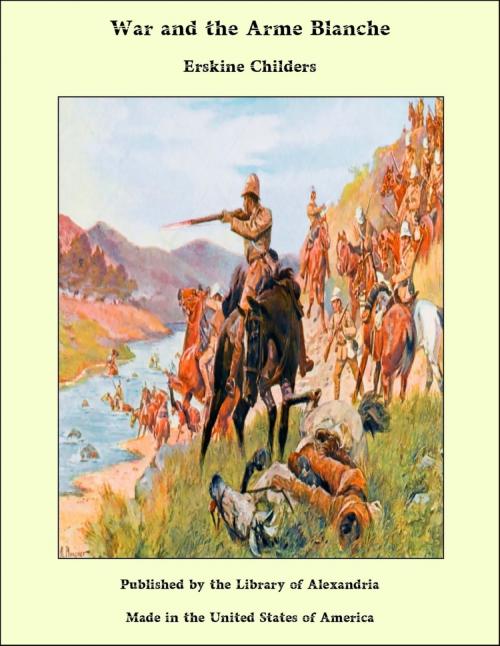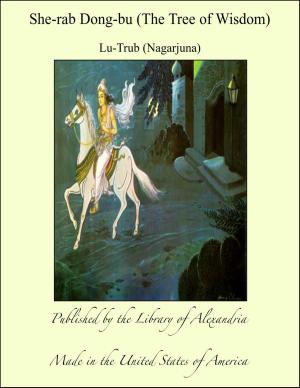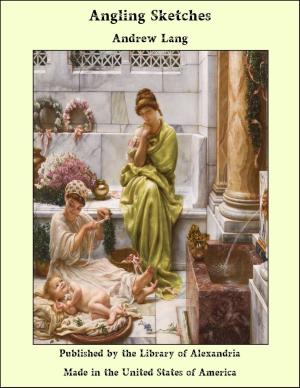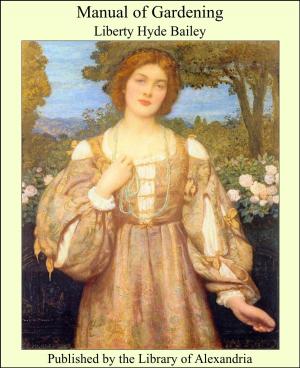War and the Arme Blanche
Nonfiction, Religion & Spirituality, New Age, History, Fiction & Literature| Author: | Erskine Childers | ISBN: | 9781465619532 |
| Publisher: | Library of Alexandria | Publication: | March 8, 2015 |
| Imprint: | Language: | English |
| Author: | Erskine Childers |
| ISBN: | 9781465619532 |
| Publisher: | Library of Alexandria |
| Publication: | March 8, 2015 |
| Imprint: | |
| Language: | English |
My central purpose in this volume is to submit to searching criticism the armament of Cavalry. That armament now consists of a rifle and a sword in all regiments, with the addition of a lance in the case of Lancers. I shall argue that the steel weapons ought either to be discarded or denied all influence on tactics, and a pure type of mounted rifleman substituted for the existing hybrid type. I shall contrast the characteristics and achievements of this pure type with the characteristics and achievements of the hybrid type. I shall argue that a right decision in the case of Cavalry carries with it indirect consequences of the most far-reaching importance in regard to the efficient training of all our other mounted troops, regular or volunteer, home or colonial—troops which belong almost entirely to the pure type, but on whose training the mere existence of a hybrid type, with a theory of tactics derived from the steel, reacts unfavourably. I cannot do better than begin by quoting two passages from page 187 of the latest edition of “Cavalry Training” (1907). They constitute an epitome of the case I wish to combat, and I challenge almost every proposition, express or implied, contained in them. The first runs as follows: “From the foregoing it will be seen that thorough efficiency in the use of the rifle and in dismounted tactics is an absolute necessity. At the same time the essence of the Cavalry spirit lies in holding the balance correctly between fire-power and shock action, and while training troops for the former, they must not be allowed to lose confidence in the latter.” Beginning with the first sentence, I challenge two assumptions implied in it: first, that “thorough efficiency in the use of the rifle and in dismounted tactics” (by hypothesis an absolute necessity) is compatible with thorough efficiency in shock action, also, by hypothesis, a necessity; second, that thorough efficiency with the rifle is confined to what the compilers of the drill-book call “dismounted tactics.” Passing to the second sentence of the same quotation, I challenge the definition of the “essence of the Cavalry spirit” there laid down. This definition is borrowed word for word from a German book, originally written before the Boer War and republished in 1902, when the war was ending, by an officer—the distinguished General Bernhardi—who founded his conclusions not on experience but on report, and addressed those conclusions to the German Cavalry, whose tactics, training, and organization by his own admission were, and seemingly are still, so dangerously antiquated in the direction of excessive reliance on the steel as to present no parallel to our own Cavalry. I challenge the Cavalry spirit so defined because it is a hybrid spirit, impossible to instil and impossible to translate into “balanced” action, even if the steel deserved, as it does not deserve, to be “balanced” against the rifle. I challenge the definition still further, because it is not even an honest definition. Affecting to strike a just balance between the claims of the rifle and the steel, it does not represent the facts of existing Cavalry theory and practice in this country. Though borrowed from a German authority, it is even less to be relied on as representing the facts of German theory and practice, nor does it correspond to the general tenor of the very handbook—"Cavalry Training"—in which it appears.
My central purpose in this volume is to submit to searching criticism the armament of Cavalry. That armament now consists of a rifle and a sword in all regiments, with the addition of a lance in the case of Lancers. I shall argue that the steel weapons ought either to be discarded or denied all influence on tactics, and a pure type of mounted rifleman substituted for the existing hybrid type. I shall contrast the characteristics and achievements of this pure type with the characteristics and achievements of the hybrid type. I shall argue that a right decision in the case of Cavalry carries with it indirect consequences of the most far-reaching importance in regard to the efficient training of all our other mounted troops, regular or volunteer, home or colonial—troops which belong almost entirely to the pure type, but on whose training the mere existence of a hybrid type, with a theory of tactics derived from the steel, reacts unfavourably. I cannot do better than begin by quoting two passages from page 187 of the latest edition of “Cavalry Training” (1907). They constitute an epitome of the case I wish to combat, and I challenge almost every proposition, express or implied, contained in them. The first runs as follows: “From the foregoing it will be seen that thorough efficiency in the use of the rifle and in dismounted tactics is an absolute necessity. At the same time the essence of the Cavalry spirit lies in holding the balance correctly between fire-power and shock action, and while training troops for the former, they must not be allowed to lose confidence in the latter.” Beginning with the first sentence, I challenge two assumptions implied in it: first, that “thorough efficiency in the use of the rifle and in dismounted tactics” (by hypothesis an absolute necessity) is compatible with thorough efficiency in shock action, also, by hypothesis, a necessity; second, that thorough efficiency with the rifle is confined to what the compilers of the drill-book call “dismounted tactics.” Passing to the second sentence of the same quotation, I challenge the definition of the “essence of the Cavalry spirit” there laid down. This definition is borrowed word for word from a German book, originally written before the Boer War and republished in 1902, when the war was ending, by an officer—the distinguished General Bernhardi—who founded his conclusions not on experience but on report, and addressed those conclusions to the German Cavalry, whose tactics, training, and organization by his own admission were, and seemingly are still, so dangerously antiquated in the direction of excessive reliance on the steel as to present no parallel to our own Cavalry. I challenge the Cavalry spirit so defined because it is a hybrid spirit, impossible to instil and impossible to translate into “balanced” action, even if the steel deserved, as it does not deserve, to be “balanced” against the rifle. I challenge the definition still further, because it is not even an honest definition. Affecting to strike a just balance between the claims of the rifle and the steel, it does not represent the facts of existing Cavalry theory and practice in this country. Though borrowed from a German authority, it is even less to be relied on as representing the facts of German theory and practice, nor does it correspond to the general tenor of the very handbook—"Cavalry Training"—in which it appears.















